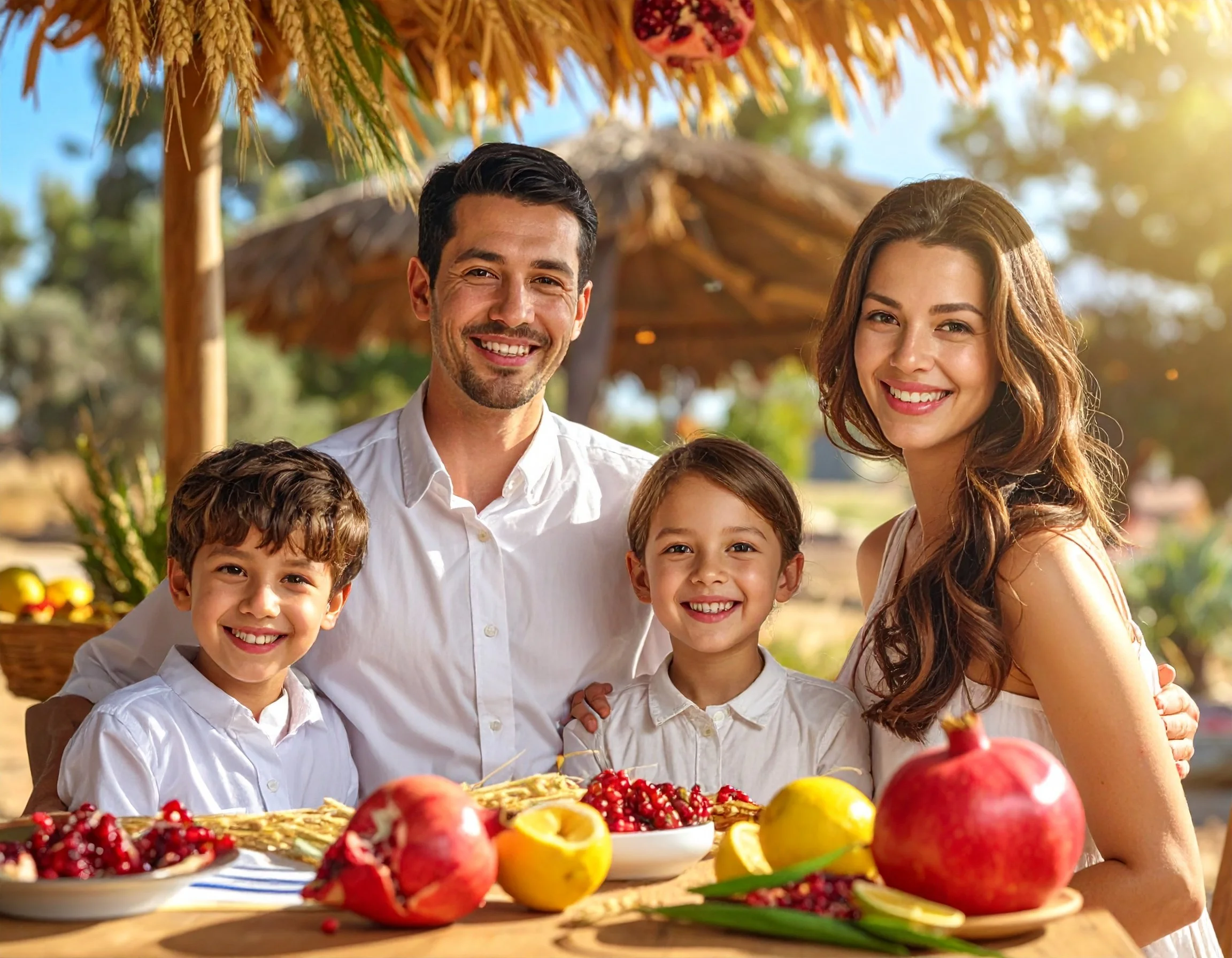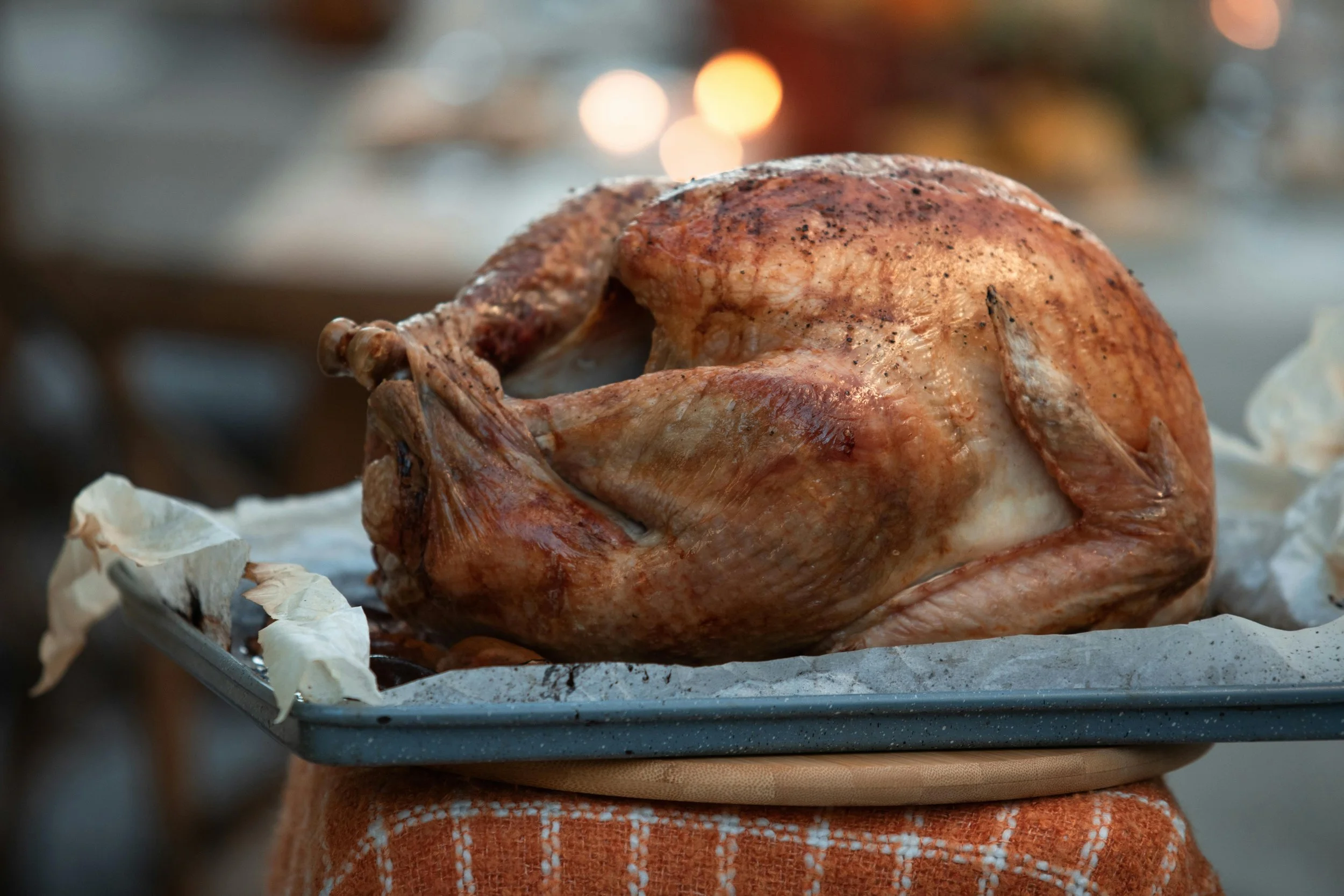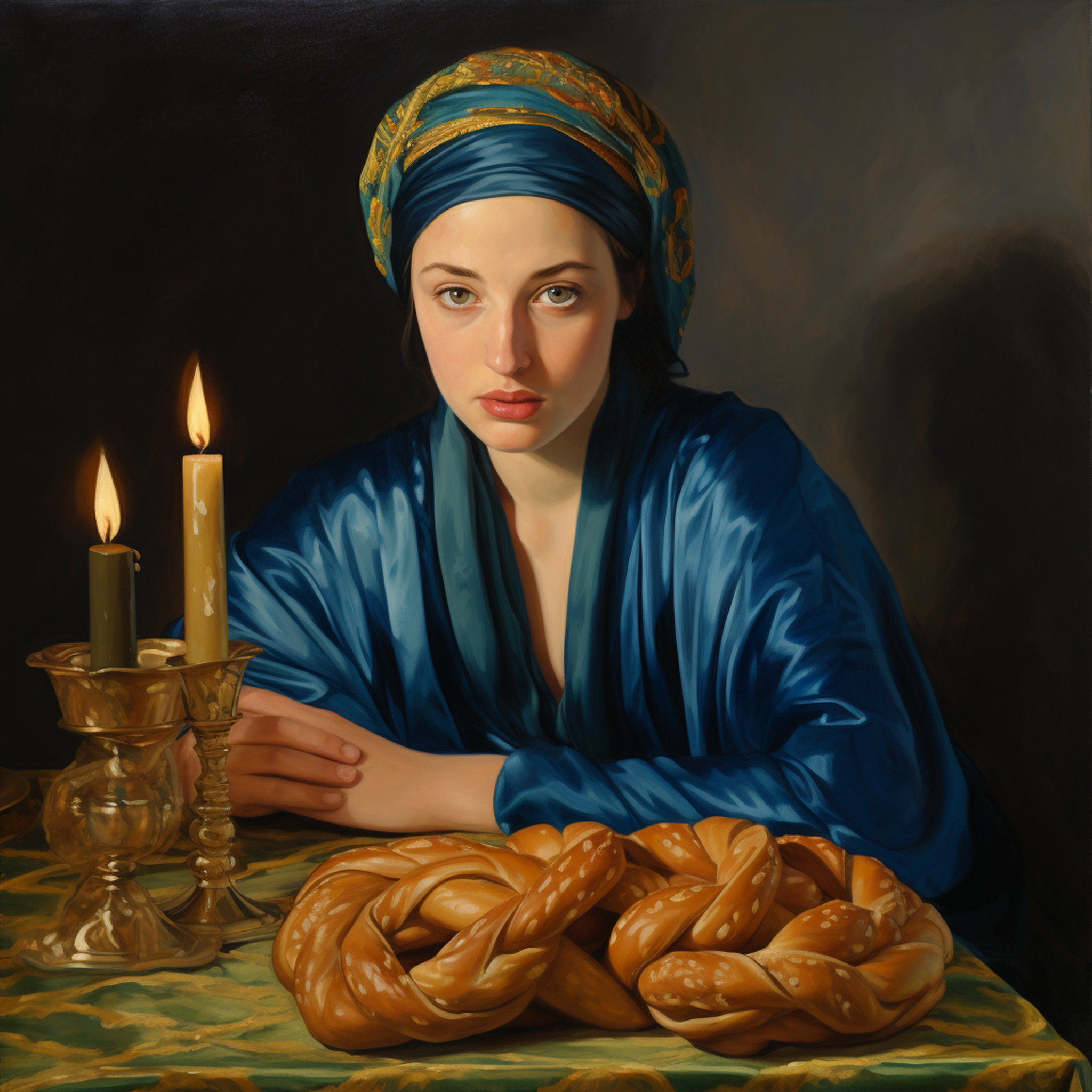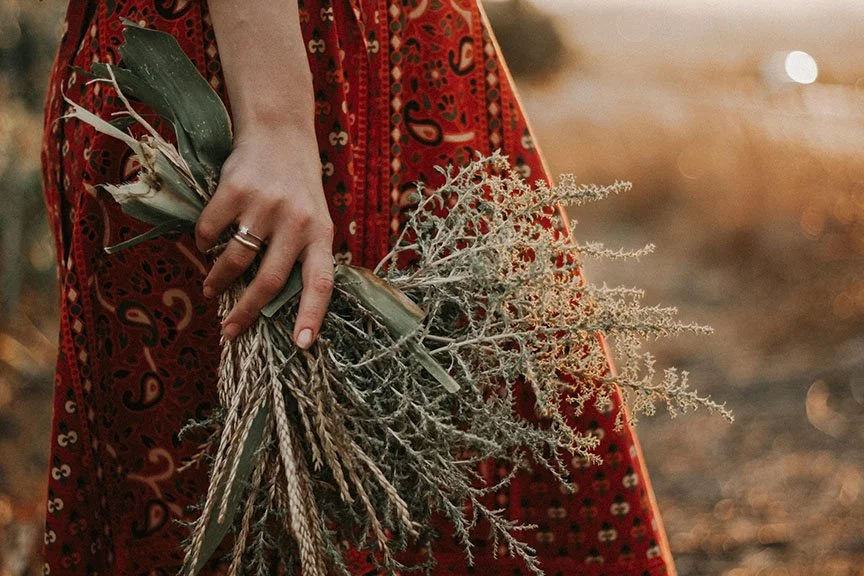A New Beginning, Again —
A New Beginning, Again —
Every year, when the cycle of moedim (God’s appointed times) ends at Simchat Torah, the whole Jewish and Messianic world begins the cycle of reading the Torah all the way through, again. And I’m excited, because despite the fact that some may think “ho, hum, read it before,” I know that each new year brings deeper understanding and new light to God’s word.
In Hebrew understanding, time is not linear. We don’t think, that happened, then this happened. Instead, it’s circular. Each rising and setting of the sun, each “evening and morning were a day,” anchors us to the concept that God’s plan is eternal. It continues in His perfect plan until all comes to completion.
Won’t you join me as I travel this amazing journey that seems to go deeper and deeper each year?

Sukkot: A Taste of Forever
When we step into the week of Sukkot, we’re not just remembering a past event—we’re rehearsing for eternity. God commanded His people to live in a sukkah (a temporary shelter, the singular of sukkot) for seven days to remember how He provided in the wilderness (Leviticus 23:42–43). But the feast points forward, too. Like all of God’s moedim (appointed times), it’s a shadow of the greater reality to come.

THE PAPER AND THE FLAME
God is a consuming fire (Deuteronomy 4:24). He does not diminish His holiness to make room for our impurity. He cannot change His nature. But we can be changed. And in Messiah, we are.

A First Fruits Offering to God
O Holy Father, Creator of all there is, sustainer of the worlds by the power of Your Word, and my Provider. As the Pesach season comes to an end, I am bringing you a First Fruits offering, my korban todah, a thanksgiving gift.

What does Thanksgiving have to do with Torah?
Here in America, we are taught in elementary school that Thanksgiving is a day set apart to give thanks to God for His abundance. We are told that the first Thanksgiving was spent with the local Indians, who shared their food with us.
Today, we celebrate a huge meal with friends, catch up with family we may not have see since last year, and watch football.
But did you know that Thanksgiving actually began ‘way back some 3,000 years ago, long before America was a nation? In fact, it is ordained by God Himself!

How Studying Torah Opened My Under-standing of Yeshua
For much of my life, I read the New Testament with a deep love for Yeshua, but there were things I didn’t fully understand. I knew He was the promised Messiah, but certain passages—His teachings, His actions, even His fulfillment of prophecy—felt like pieces of a puzzle I couldn’t quite see clearly. That changed when I began studying Torah.


The Beauty of Order: Lessons from Creation for Homesteaders on Simplicity, Structure, and Setting Boundaries
For homesteaders, the concept of order is foundational to the lifestyle we choose. Whether it’s organizing our gardens, planning our livestock care, or just managing the daily tasks that keep everything running smoothly, order is what brings structure and peace to the homestead.

The Messianic-Inspired Home
In our home, I am a Gentile and my husband is a Jew. We both follow Yeshua (Jesus), the Son of God and Messiah. We are Messianic Believers. We follow the Torah and keep the biblical Feasts of God, living as closely to the biblical mandate as is possible. But we are not legalistic, because we know we are saved through grace by faith—and that not of ourselves, it is the gift of God (Ephesians 2:8).
We enjoy sharing our home and our faith, and it’s hard to enter our home without knowing about our faith: the evidence of it is seen everywhere! Our home decor reflects our beliefs and creates a peaceful, meaningful space.

Reaping and Sowing in the Old Testament: A Personal Reflection
The principle of reaping and sowing is one of the most powerful truths found in the Old Testament, and it has shaped my understanding of how my actions, choices, and faithfulness impact my life. This biblical concept isn’t just about farming—it’s about the way we live, the way we love, and the way we walk with God.

